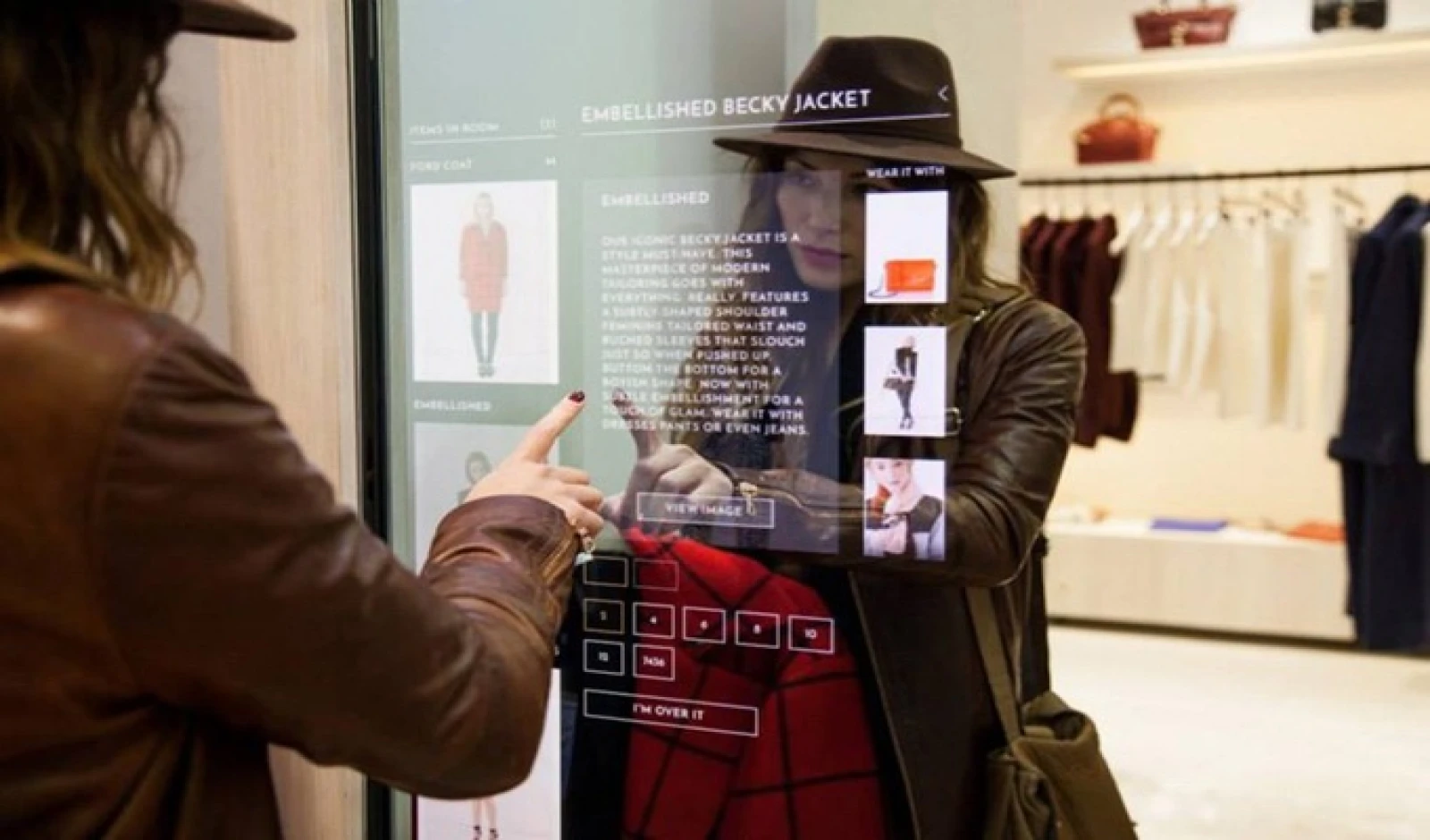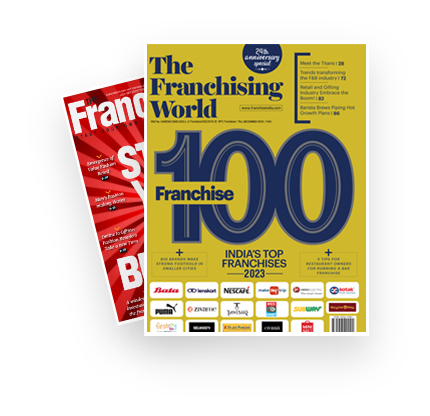
Over the past decade, India’s apparel market has undergone a transformative journey.The last five years, in particular, have seen a rapid acceleration in consumer expectations and brand innovation.As India cements its place as one of the world’s fastest-growing fashion markets, understanding this evolution—and where it’s headed next—is key for brands, retailers, and consumers alike.
The Last Five Years: A Shift Towards Style, Consciousness, and Digital Integration
According to Akhil Jain, MD & CEO of Madame, “The market has matured significantly. Consumers are more style-aware, seeking trend-aligned, quality-driven fashion that aligns with their identity.” This evolution is being driven by a confluence of factors including rising incomes, digital penetration, global travel, and the influence of social media. Western apparel, once considered aspirational, is now mainstream among urban and semi-urban Indian youth.
It is noteworthy that India's apparel e‑commerce market has reached about USD 26.7 billion in 2025 already, accounting for ~19% of overall fashion e‑commerce and is forecast to grow to USD 44.4 billion by 2029 at CAGR ~13.5%; according to a recent study by eCommerceDB.
The surge in fast fashion and brand consciousness has redefined shopping behavior. Shoppers are not only looking for seasonal collections but also for value, comfort, and relevance.The fast fashion segment—led by brands such as Zara, H&M, Roadster—is currently estimated at over USD 11 billion and is projected to grow at ~16.5% CAGR through 2030 as per Statista.
Jain adds that the omni-channel experience—seamlessly blending online and offline shopping—is now a baseline expectation, not a premium feature.
Esha Bhambri, Founder of House of Fett, echoes this sentiment, noting that “increased global exposure through travel, social media, and e-commerce has made Indian consumers far more aware of international trends and standards.” Today’s shopper is design conscious, demands global quality, and expects that quality to be tailored for Indian lifestyles and body types. Brands that can strike this balance are the ones that have gained traction.
Key Trends Driving the Market Today:
- Sustainability with Style
Consumers are increasingly valuing eco-conscious choices without compromising on aesthetics. Sustainable fashion has moved from niche to necessary, especially among Gen Z and millennials who seek brands with purpose.
- Comfort-First Fashion
The rise of hybrid work culture and a focus on well-being has given birth to comfort-first designs. “Comfortable yet stylish fits are dominating preferences,” says Jain.
- Phygital Retailing
As Bhambri points out, “Stores can no longer be transactional—they must be experiential.” Retailers are now merging physical store experiences with digital conveniences like AR fitting rooms, virtual styling, and interactive storytelling. “That’s what we have tried to do with our flagship House of Fett store at Pacific Mall in Delhi. It is a spatial fashion gallery that reflects our brand’s design-first philosophy.”
The Next Five Years: Tech-Driven, Personal, and Purposeful
Industry experts anticipate a future where fashion meets function, technology, and authenticity.
Jain believes, “The next five years will see deeper personalization, AI-driven shopping experiences, and conscious consumption driving the market.” Success will hinge on a brand’s ability to provide not just speed and style, but also tech-led convenience and sustainability.
Bhambri envisions a market that’s more design-conscious and experience-driven. “What will set future-forward brands apart is their ability to offer international-level design and quality, while staying deeply rooted in Indian preferences.” She foresees retail becoming immersive, with stores acting as brand storytelling platforms rather than just sales channels.
Peep into the Future: Rise of Homegrown Premium Brands
India’s apparel market is no longer just growing—it’s maturing. With a highly aware consumer base, a thriving D2C ecosystem, and rising demand for fashion that blends global trends with Indian essence, the next five years promise an exciting, disruptive phase.
A shared vision among Indian fashion leaders is the rise of premium, homegrown brands that can rival international names in design, quality, and experience. Bhambri emphasizes this point: “The future of Indian fashion lies in building brands that feel global, look artistic, and speak to the modern consumer’s evolving aspirations.”
Brands that embrace innovation, sustainability, and consumer-centric experiences will shape the future of Indian fashion—and define its global presence.

